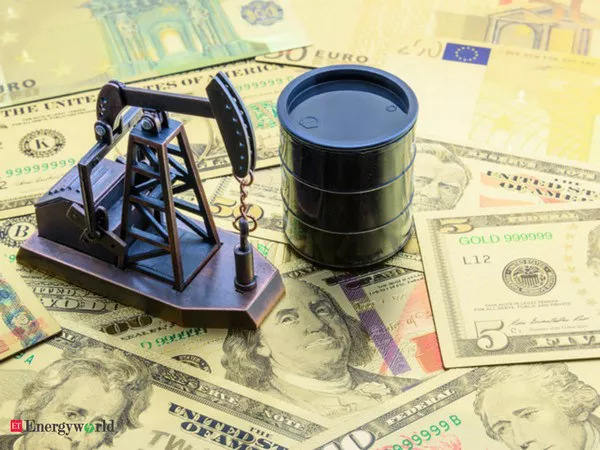Oil prices saw a modest uptick in Asian trading on Monday, recuperating marginally from significant losses experienced last week. Traders are on the lookout for signals regarding U.S. inflation and the upcoming meeting of the Organization of Petroleum Exporting Countries (OPEC) later this week.
However, trading activity is anticipated to be subdued due to market holidays observed in the U.S. and the UK.
Brent oil futures expiring in July edged up by 0.1% to reach $82.22 a barrel, while West Texas Intermediate crude futures rose by 0.2% to $77.85 a barrel by 20:41 ET (00:41 GMT).
Oil Prices Recover from Weekly Losses, Await Inflation Signals
Both Brent and West Texas Intermediate contracts registered declines of over 2% each last week, plunging to February lows amidst concerns about sustained high interest rates impacting demand.
This week, market focus centers on gathering more insights into inflation, particularly from the Personal Consumption Expenditures (PCE) price index data, which serves as the Federal Reserve’s preferred inflation gauge.
Last week, a series of cautionary statements from Fed officials regarding persistent inflationary pressures unsettled oil markets, leading traders to recalibrate expectations of potential interest rate adjustments throughout the year.
Concerns persist that elevated interest rates could impede economic growth, subsequently dampening crude demand in the forthcoming months.
While unexpected increases in U.S. inventories weighed on crude prices, the imminent onset of the travel-intensive summer season is expected to boost demand in the world’s largest fuel consumer.
Anticipation Builds for OPEC+ Meeting
Market attention is also drawn to the eagerly anticipated OPEC+ meeting scheduled for June 2, where the producer group will deliberate on whether to extend existing production cuts beyond the end of June.
The continuation of extended production cuts, coupled with a potential uptick in demand, could lead to tighter oil markets in the short term, consequently supporting prices. OPEC’s concerted efforts to curtail production over the past year were primarily aimed at bolstering crude prices.
Forecasts diverge on demand growth, with the OPEC projecting an improvement of 2.25 million barrels per day (bpd) this year, while the International Energy Agency (IEA) anticipates weaker growth at 1.2 million bpd.


